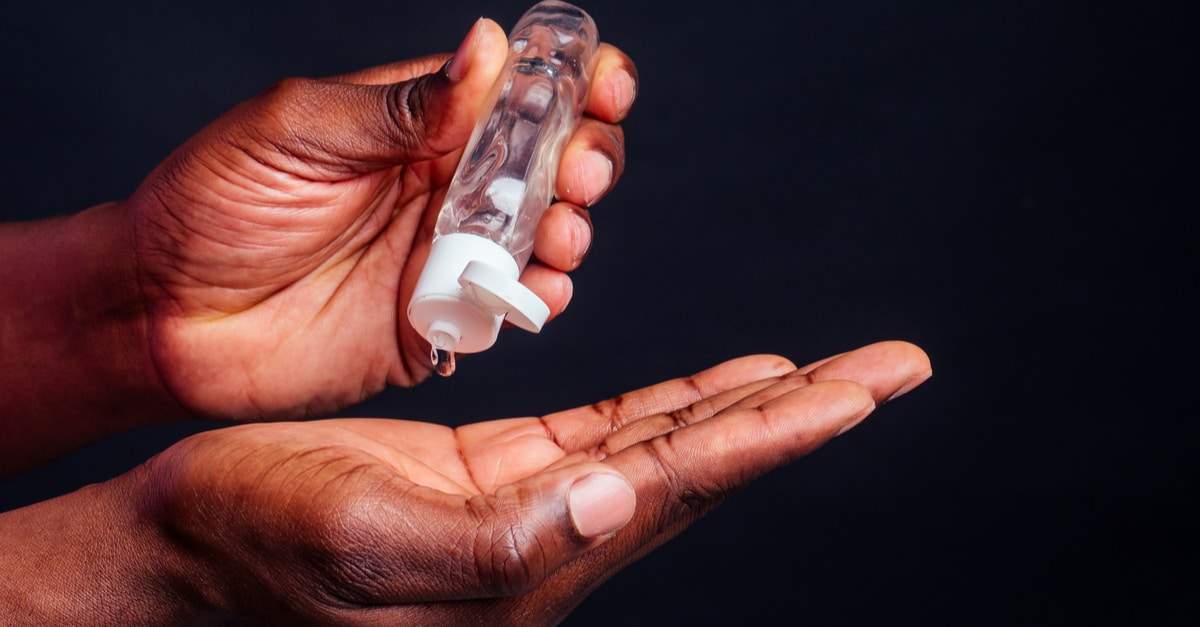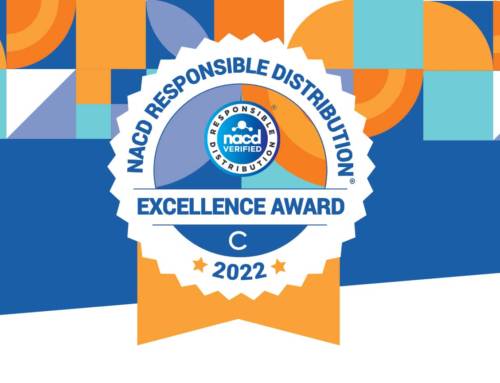FDA List of Hand Sanitizers to Avoid Grows
August 27, 2020

Hand sanitizers with a dangerous new contaminant, 1-propanol, should be avoided.
Additionally, the FDA is now warning consumers about alcohol-based hand sanitizers packaged in containers that look like food or drinks.
Consumption or use of these dangerous hand sanitizers could be putting consumers, especially children, at risk of serious injury or even death.
Hand sanitizer market growth
Since the onset of the global coronavirus pandemic, the consumer need for sanitizing products like hand sanitizer has skyrocketed, with an expected CAGR of 9.9% over the next 6 years.
Hand sanitizer, which can be used as an alternative to soap and water, has witnessed explosive growth. That’s happened as consumers search for ways to protect themselves and prevent the transmission of infections, bacteria, and viruses.
However, with the increased desire for hand sanitizer products, the FDA has unearthed a startling amount of products on the market that are dangerous, toxic, or even lethal when used, especially if used improperly.
A new, dangerous contaminant
Earlier this year, the FDA warned consumers about hand sanitizer products that claimed to contain ethanol (or ethyl alcohol), but actually tested positive for methanol, a toxic ingredient. Methanol, or wood alcohol, can be toxic or even lethal to humans when ingested or absorbed through the skin.
Now, the FDA is warning consumers about a new dangerous contaminant found in some hand sanitizers: 1-propanol.
According to an official statement, “1-propanol, not to be confused with 2-propanol/isopropanol/isopropyl alcohol, is not an acceptable ingredient for hand sanitizer products marketed in the United States and can be toxic and life-threatening when ingested.”
1-propanol products that are ingested can cause confusion, decreased consciousness, slowed pulse or breathing, central nervous system depression, and even death.
Problematic packaging
Additionally, the FDA is concerned about hand sanitizer products that are packaged in bottles, pouches, or other vessels that look like food or drink products.
Officials are worried the confusing packaging could encourage consumption of the hand sanitizer products. Particularly by children who may be enticed by colorful labels, food-shaped packages, or scents that smell like food or candy.
“I am increasingly concerned about hand sanitizer being packaged to appear to be consumable products, such as baby food or beverages. These products could confuse consumers into accidentally ingesting a potentially deadly product. It’s dangerous to add scents with food flavors to hand sanitizers which children could think smells like food, eat and get alcohol poisoning,” said FDA Commissioner Stephen M. Hahn, M.D. “Manufacturers should be vigilant about packaging and marketing their hand sanitizers in food or drink packages in an effort to mitigate any potential inadvertent use by consumers.”
The FDA lists 165 hand sanitizers to avoid
Hand sanitizer can cause a number of adverse reactions when ingested including nausea, vomiting, headaches, blurred vision, effects on the central nervous system, hospitalizations, or even death.
A growing list of dangerous products
Currently, there are 165 different hand sanitizers on the FDA’s updated list of products to avoid.
The FDA urges consumers to report the following issues with hand sanitizers to the FDA’s MedWatch Adverse Event Reporting program:
- Contaminated products
- Problems or quality issues
- adverse effects from hand sanitizers
Additionally, the FDA says to dispose of any contaminated hand sanitizer products in appropriate hazardous waste containers, not by flushing or pouring them down the drain.






